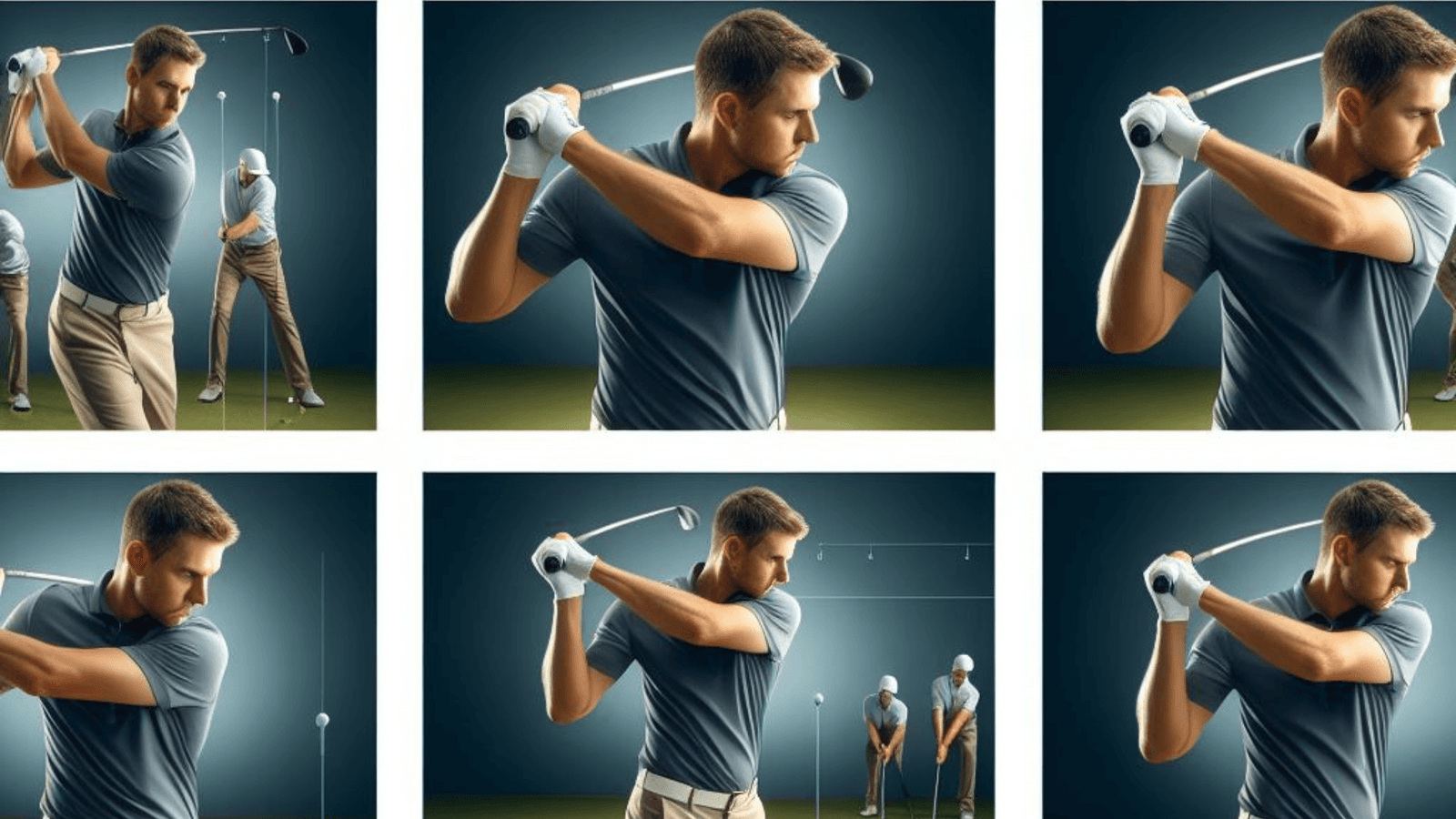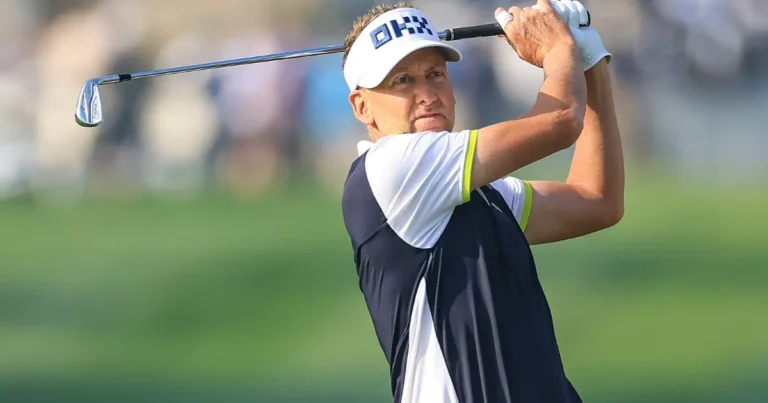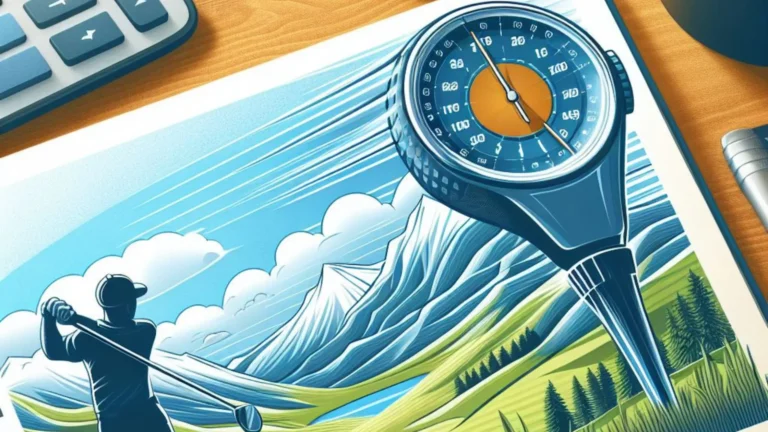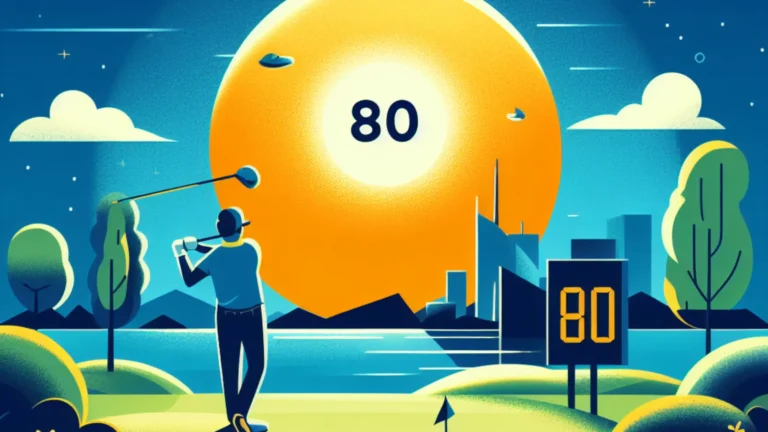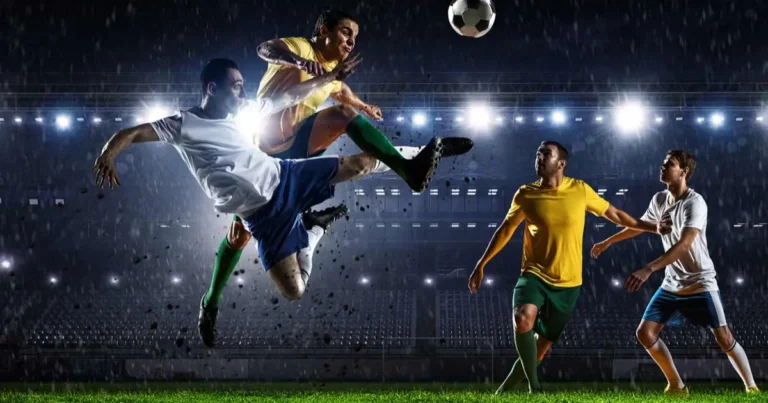The Importance of a Proper Shoulder Turn in the Golf Swing
A proper shoulder turn is essential to gaining power and consistency in the golf swing. As the swing begins from the ground up, the shoulders turn, stretching the back muscles and loading power into the core muscles. This stored energy can then be released forcefully during the downswing, resulting in clubhead speed.
An efficient shoulder turn requires mobility and coordination throughout the kinetic chain, as well as knowledge of proper form and biomechanics. Mastering the movements can lead to longer distances and more accurate ball strikes.
Starting the Backswing Shoulder Turn
As the takeaway begins, the first motion is a slight turn of the shoulders to the right, shifting weight to the right side. The initial movement of the shoulder turn stretches back muscles and begins to load the hips and core for power generation. Keeping the head still, the shoulders continue to turn right, and the hands and club return in unison.
The right shoulder dipping down too soon or sliding instead of turning can limit range of motion. To maximize width and power, keep the back perpendicular to the shoulder line and rotate the chest until the left arm is horizontal.
Important Alignments and Positions
To ensure efficiency while playing shoulder turn golf, several key alignments and positions must be monitored. To begin loading the hips, bump the right knee inwards while keeping the left knee slightly flexed. The right heel will begin to lift off the ground, indicating a weight shift; however, avoid lifting the toes too high.
Keeping the upper spine tilted away from the ball allows the torso to stretch and rotate more freely. Finally, adjust the timing so that the hands and club reach the peak of the backswing when the left shoulder reaches the bottom of its rotation.
Avoiding Common Errors.
Some common mistakes golfers make during the shoulder turn include rounding the upper back, swaying off the ball with hips or legs, collapsing the right knee inwards too soon, lifting the club in the takeaway, and losing spine angle too early. These mistakes will reduce power and consistency.
Maintaining proper posture, with the spine tilted and knees flexed over the feet, allows the core to coil completely. Maintaining a backswing width that does not exceed parallel provides the best chance of efficiently returning the club to impact.
Release Into the Downswing
After performing a full 90-120 degree shoulder rotation, begin the downswing by clearing the left hip towards the target. This will cause a powerful unwinding upon impact as the weight shifts forward and the torso fires around.
Avoid sliding forward or swaying away from the ball; keeping the spine angle allows gravity to assist the shoulder turn. Instead of pulling the handle, allow the arms to naturally drop into the “slot”. Timing this kinetic sequence maximizes clubhead speed and power.
Specific Exercises and Stretches
Improving shoulder mobility and rotary stability with targeted exercises can result in a larger shoulder turn and more power. Here are some of the most effective golf stretches and workouts to incorporate:
Seated Spinal Twists – Sit upright and rotate the torso using core muscle to turn the shoulders left and right. Sets of ten repetitions improve spinal and shoulder flexibility.
Crossover Stretch – Hold the club behind your back and stretch one shoulder across your chest to open up the rotational muscles. Hold for 30 seconds per side.
Band Pull Aparts – Pulling against resistance bands in a wide stance engages the muscles between the shoulder blades. Perform 2–3 sets of 10-15 reps.
Cable Chops – Strengthens obliques and shoulder rotation. Use cables or bands to chop diagonally up and across the body. Complete three sets each way.
Kneeling Rotations – Take an athletic stance and rotate your shoulders with stability to improve your mobility. Repeat 2-3 sets of 10 smooth rotations each way.
Medicine Ball Throw Downs – Throw a medicine ball forcefully into the ground to activate rotational muscles along the kinetic chain. Begin with two sets of ten throws.
Golfers can improve flexibility and power output for longer drives by strengthening their upper back, shoulders, and core muscles.
FAQs
Q: How important is a proper shoulder turn in the golf swing?
A proper shoulder turn in the golf swing is essential for producing power, improving accuracy, and promoting proper clubface alignment at impact.
Q: How does a proper shoulder turn help to generate power in a golf swing?
A proper shoulder turn allows for a larger coil of the body, which stores energy that is then released during the swing, resulting in increased clubhead speed and, as a result, greater power.
Q: How does the shoulder turn help improve accuracy in a golf swing?
The shoulder turn aids in the maintenance of a consistent swing path, resulting in improved clubhead control and greater precision when striking the ball.
Q: How does a proper shoulder turn affect clubface alignment during impact?
A proper shoulder turn aids in maintaining proper posture and positioning throughout the swing, influencing the squareness of the clubface at impact and resulting in a more accurate shot.
Q: Are there any common mistakes with shoulder turns in a golf swing?
Yes, common mistakes include insufficient rotation, over-rotation, or excessive arm lift during the backswing, all of which can impede proper shoulder turn and impact swing efficiency and accuracy.
Conclusion
Performing an efficient shoulder turn during the golf swing is critical for loading power and delivering the clubhead at maximum velocity. A 90 to 120-degree turn stretches the back muscles while coiling the hips and core to generate force. Maintaining proper posture, alignments, and positions throughout ensures efficiency.
Common mistakes, such as swaying from the ball, must be avoided. Specific stretches and exercises improve rotational strength and mobility, allowing for longer drives and more consistent performance. Mastering the biomechanics of a proper shoulder turn prepares golfers for better ball striking.

